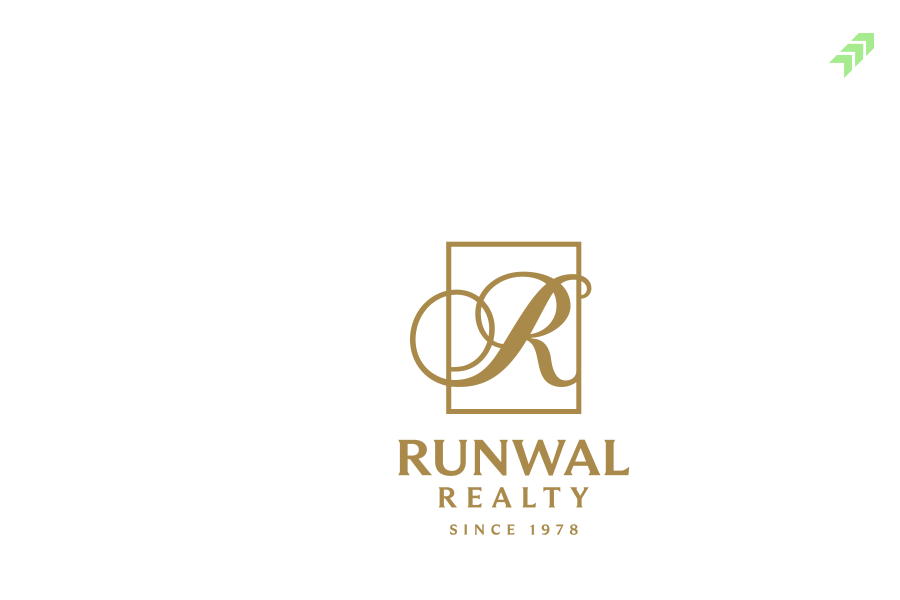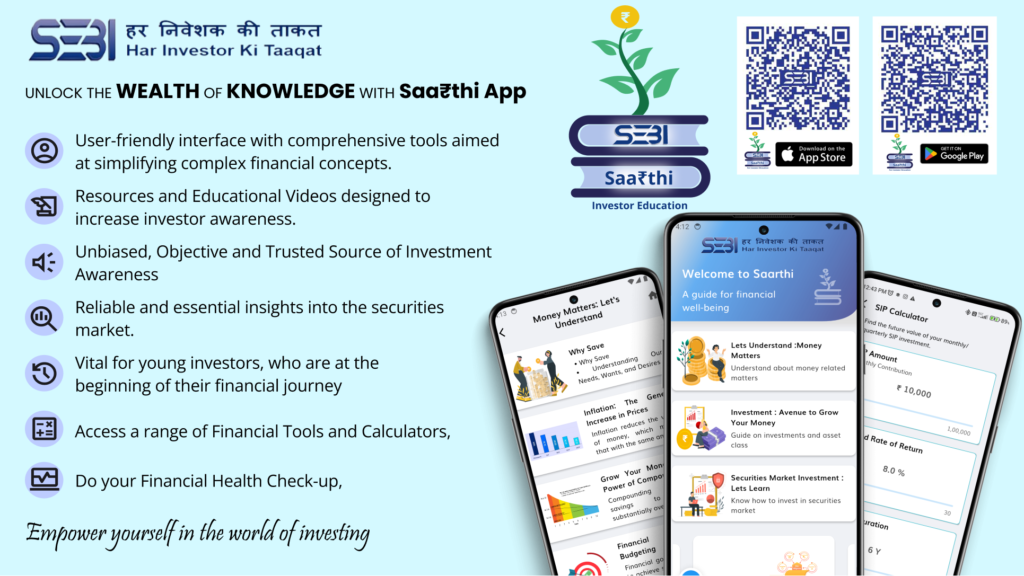Call and put are the two sides of the same coin representing the trade action of traders in the derivatives market. Buying or selling the call or put depends on the market conditions and the combination of the trading strategies of the traders.
However, deciding which one to choose call or put for your trade is a challenging factor, especially if you are a novice in the derivatives market. To know how to select the call or put for trading you need to understand the call and put and how they are affected by the various situations in the market. Let’s find out the factors of how you can choose the call or put option.
What is a Call Option?
In the derivatives market call option is a type of contract in which call buyers have the right to buy a particular underlying security at a particular price within a specific date range. Buying a call option comes with the authority to buy the call option at a particular price.
On the other hand, selling the call option means the call writer or seller has the obligation but not the right to sell the underlying security as per the pre-defined price and expiry date. The call buyer has the right to exercise the contract before expiry, while the call seller has an obligation to sell when the call buyer asks to exercise or sell the underlying security at the agreed strike price.
What is Put Option?
A put option is a contract in which the put buyer enters into this derivative contract with the right to sell the underlying security at a pre-defined strike price within a specific time range. Just like the call option, in the put option buyers don’t have the obligation to sell the underlying security. However, if put buyer wants to exercise the contract, put writer has to sell the underlying security.
Whereas, selling the put option means, the put writer or seller enters into the derivative contract with the obligation to sell the underlying security at a pre-defined strike price. While the put buyer has the right to exercise the contract within the expiry date or he or she can sell the same quantity of the puts in the market before the expiration of the contract.
How to Choose Call or Put Options?
Choosing between the call or one of the challenging factors for the traders and you would also become sometimes puzzled to decide which one to choose as per the market conditions. Buying or selling of call and put totally depends on the market condition and your expectation towards the movement of the market or the underlying security.
When to Buy a Call Option?
Usually buying a call means you are bullish in the market and expecting the price of the underlying security will rise before the expiration date of the contract.
When to Buy a Put Option?
Buying an uncovered put means, your sentiment is bearish in the market and you expect the price of the underlying security will go done within a specified time (before the expiry date).
When to Sell a Call Option?
If you want to sell an uncovered call then your perspective towards the underlying security should be bearish. It means you expect the price of the underlying security will either go down or trade around the same price till the expiry.
When to Sell a Put Option?
On the other hand, selling a put shows you expect either the price of the underlying security will go up or trade around the same price. However, selling the call or put without covering your trade position poses an unlimited risk that can push you into unexpected losses.
Also Read: How to Manage or Do Risk Management in Options Trading
Buying or selling or calling and putting both comes with several risks and rewards that you need to understand. When you buy a call or put, you pay a certain amount as a premium, and when you sell a call or put, you receive the amount in the form of a premium. And entering into both these types of different contracts have different risk and reward ratios.
Which is Better Call or Put Option?
Buying the call or put option comes with several rewards and risks. And based on the market conditions you can choose to enter into the long or short call and put options. When buying a call or put option you pay a certain amount as a premium to buy the right to exercise your option before the date of expiry with full authority to sell the option anytime.
Also Read: How to Use Delta in Options Trading with Neutral Strategy
While on the other hand, when you sell a call or put you are bound in a contract to either buy back or exercise your contract before the expiry as per the option buyer’s action. Buying the options is less risky compared to selling, as the selling call option comes with unlimited risk. And there is also a less rewarding trading experience in the buying call option.
One of the biggest disadvantages of selling the options, is you have to deposit a huge amount of money to enter into the option selling trade position. You have to deposit the upfront payment as margin money to sell a call or put, and when you square off your trade position or buy back the same contract in the same quantity even if you are incurring the losses.
Nevertheless, buying a call can be profitable if you are sure the market will go up while buying the sell option works well when the market is likely to fall with significant changes. However, selling an uncovered call is profitable when the market moves down and you can sell but if you expect the market can move upwards to contract will become worthless before the expiry.
Obviously, in a bullish market, buying the call option and selling the put option can work, while in a bearish market, buying the put option and selling the call option would be the right decision. Buying the uncovered options is better compared to selling the uncovered option. But based on the market conditions you have to decide whether to buy a call or put option.
Risk and Reward Levels in Call & Put Options:
| Options / Factors | Profitability Level | Level of Losses | No Profit or No Loss | Suitable Action Till the Expiry |
| Call Option for Buyers | Unlimited Profit | Premium paid | Strike Price + Premium Paid | Exercising the Contract |
| Call option for Sellers | Amount received as Premium | Unlimited | Strike Price + Premium Paid | Expiration of Contract |
| Put Option for Buyer | Strike Price – Premium Paid | Premium Paid | Strike Price – Premium Paid | Exercising the Contract |
| Put Option for Sellers | Amount received as Premium | Strike Price – Premium Paid | Strike Price – Premium Paid | Expiration of Contract |
How to Decide Whether to Buy Call or Put Option?
Buying the call option means you are bullish about the market or expect the price of the underlying security will go up which will increase the option premium price you paid at the time of buying the call. Once your call option trade position becomes profitable either you can exercise your contract or can sell the call option at a higher price to earn the profit.
On the other hand, buying the put option simply means that your sentiment towards the market is bearish and you expect the price of the underlying security will go down. And when the market trades in the bearish phase or the price of the underlying security goes down, you can square off your long position by selling the same option contract at a higher price.
Apart from this you can also buy call or put options to cover your existing short positions in the options. Suppose you have sold the call without having the holding of the underlying security and you want to cover this trade position, then also you can buy the call option.
Similarly, if you have sold the put options without any other counter position, then also you can buy the put option to counterbalance your trade position. Apart from this trading with an option strategy involving the combination of buy and sell of a call or put option is another situation when you can buy the call or put option as per your trading strategy.
5 Things to consider while buying or Selling Call or Put in Options Trading:
To know how to decide buy or sell options you need to consider various factors that affect the option premium. And based on your risk profile and reward expectations you can decide whether to buy or sell the options. Hence, before you decide, there are various things you need to consider while buying and selling the call or put options.
Also Read: What are the Delta, Gamma, Theta and Vega in Option Trading
-
Market Sentiment or Trend
Understanding the sentiment of the market is very important to know in which direction the market is heading. As in the bullish market conditions buying the call options and selling the put options works better than any other trade situation. While in bearish market conditions selling the call options or buying the put options is the best trading strategy.
-
Price of the Option Premium
While deciding to buy or sell the call or put option you need to check the option premium price, whether it is fairly priced or underpriced or overpriced. However, in the cash market trading in the equities, you can find out the intrinsic value of the option premium and compare whether the current market price of the stock is overpriced or underpriced.
However, in options, it is not possible to calculate such intrinsic value of the option. However, there is another formula called the Black & Scholes model that you can use to calculate the intrinsic value of any option. Though, it is a very complicated formula but is available on the trading terminals and the value of the options is calculated automatically. If the option premium is overpriced you can sell the option and if it is under-priced you can buy the option premium.
-
The Strike Price of the Contract
Choosing the right strike price is another important factor in option trading you need to consider while entering into a trade. When buying a call or put or entering into a short trading position make sure doesn’t choose the extreme out-of-the-money or in-the-money. The previous one will notice significant movement with a change in the price of the underlying security.
On the other hand, choosing the extreme in the money will cost you more in terms of high premium price. The premium if the out-the-money call optiondoesn’t have any intrinsic value itconsists of time value or you can say extrinsic value.
Apart from this if you choose the at-the-money strike price contract in call or put options, you need to be very careful especially if the market is volatile. The price of the at-the-money strike price call or put always remains the same or equal to the spot price. Hence, while choosing the call or put options select the right strike price that fits into your trading strategy.
-
Expiration Time of Contract
Every option either call or put both types of options has a specific date of expiration on which the condition between the option and buyer and seller becomes null and void. Usually, three months contracts trade parallel with the high volume of trade in the current month’s contract and less volume in the subsequent two month’s contracts.
And time or number of days remaining in the expiration is another important factor that you need to consider while buying or selling the options. However, time decay in options works in the favour of the option seller, but option buyers are not favourable.
Initially, the option premium price is not that much affected by time decay but as soon as the expiration date comes closer, the value of the option premiumbecomes worthless on the date of expiration. The option premium starts losing its value with the time being, hence buying the call or put near to expiry is not a good idea as it can be risky for you.
-
Change in the Implied Volatility
One of the most important factors in options that influence the price of the premium implied volatility which can increase, decrease or remain stable as per the trader’s sentiment in the market. When volatility is high the option premium price can fluctuate within the broad range, and when volatility is low, the option premium trades with stable price.
Buying the options would be better when volatility is high, as it makes the option premium go high, while in low volatility selling the options would be the right decision. However, still, you still need to consider various other factors of option Greeks before deciding to buy or sell the options.
Conclusion
In option trading, buying the option brings the right to buy the underlying security at specific strike price within a specified time. While entering into options trading, the option seller is bound with the obligation to sell the specified underlying security within the specified time. Here option buyer can exercise the contract either within a specified period or within selling the option in the market booking the profit from the rise in the price of the option premium.
Usually, when you expect the market to be bullish and the option premium will go up, you can buy the call option. If the market seems bearish and you expect the option premium price will go down, you can buy the put option. However, selling the put decision should be taken either you expect the option price can go up or remain stable. You can sell the call if the market is likely to trade with an upward trend or trade within a specific trading range.
Nevertheless, simply the market trend should be not the deciding factor in buying or selling the options. You have to consider various other factors like strike price, volatility, time decay and date of expiration of the contract with the demand and supply in the market.
Also Read: Why People Lose Money in Option Trading: Reasons & How to Avoid
But trading with an uncovered call or put option is a risky decision, hence, you can choose the combination of calls and puts. For this, you have to choose from various options strategies like bullish strategy, bearish strategy or sideways strategy with the help of the market experts in making such option strategies as per the market conditions.

















